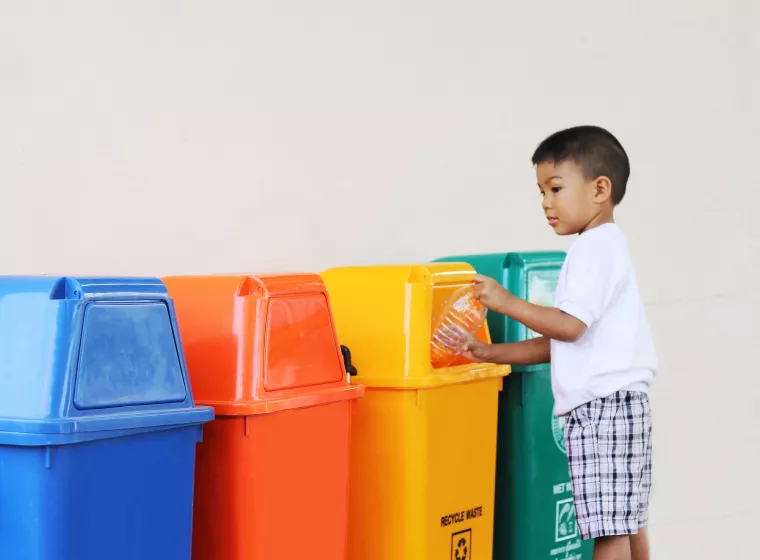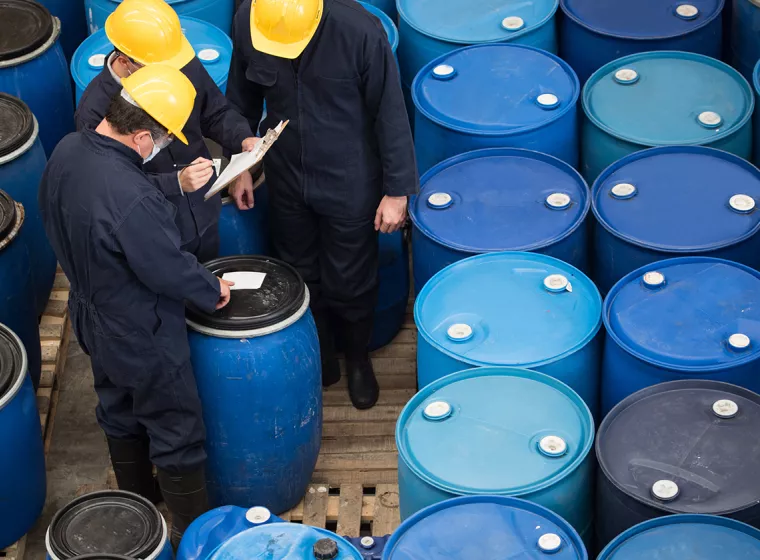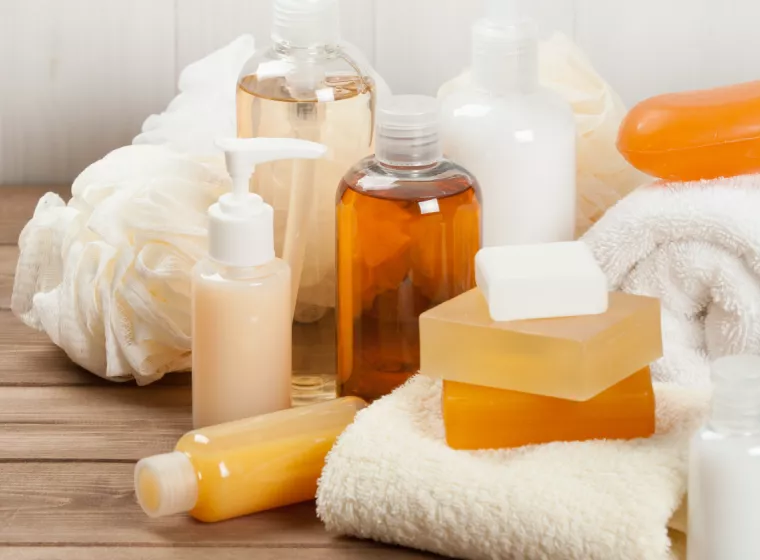November 20, 2023
In the first of a series of proposed actions, the European Commission announces commitment to decreasing microplastics pollution
On Oct. 17, the European Commission officially banned the sale of loose plastic glitter and some other products that contain plastic microparticles. According to the Commission, "The purpose is not to ban all glitter but to replace plastic glitter with more environmentally friendly glitter," including natural, biodegradable, and encapsulated alternatives "that do not pollute the oceans."
This is the first in a series of restrictions to be implemented under Commission Regulation (EU) 2023/2055, commonly known as "the microplastics restriction." The goal of this phased EU regulation is to restrict the use of synthetic polymer particles below five millimeters that are organic, insoluble, and resist degradation, whether used on their own or intentionally added to mixtures.
Bans on certain products will come into effect between 2027 and 2035. Examples of affected products include granular infill material used on artificial sports surfaces and microparticles used in some cosmetics, detergents, medicinal products, and medical devices.
Makers of products that incorporate synthetic polymer microparticles but are exempted — including certain industrial, medical, and fertilizer products, among others — will be required to provide additional information starting in 2025, including information about the amount and type of synthetic polymer microparticles in the substance or mixture and instructions for use and disposal.
Primary and secondary microplastics
Microplastics are an emerging class of pollutants found in air, soil, and aquatic environments. Primary microplastics, including microbeads or nurdles, are manufactured and intentionally added to some products or used on their own. Secondary microplastics arise from environmental degradation and fragmentation of plastic products, such as plastic bags or plastic water bottles, primarily through degradation from solar UV radiation.
Both primary and secondary microplastics are widely distributed in aquatic and terrestrial ecosystems and have been found in bottled drinking water, table salt, and seafood. Understanding the environmental risks posed by microplastics is often complicated by a lack of relevant environmental exposure data, the complexity of combinations of microplastic sizes, shapes, and compositions, and a paucity of reliable dose-response relationships between particles and relevant endpoints.
Further plans to cut plastic pellet pollution
In addition to the restrictions on microplastics, the European Commission has proposed separate measures to prevent microplastic pollution from spilled plastic pellets. According to the European Chemicals Agency, between 52,000 and 184,000 metric tons of plastic pellets are released into the environment every year due to mishandling across supply chains. The proposed measures include preventative steps to avoid plastic pellet spills, contain spilled pellets, and clean up spilled pellets, if required.
"With these new rules, we are aiming to reduce [the spillage of plastic pellets] by 74%," said Virginijus Sinkevičius, EU Commissioner for the Environment, Oceans, and Fisheries. "We are only going with the pellets this time because it's the most solid data we have. The work doesn't stop here. It's a first step. Our aim is to decrease microplastics (pollution) by 30% by 2030."
The plastic pellet reduction proposal will now be discussed by the EU's 27 Member States and the European Parliament, with a goal to negotiate and approve draft measures.
According to the European Chemicals Agency, between 52,000 and 184,000 metric tons of plastic pellets are released into the environment every year due to mishandling across supply chains.
Implications and considerations for microplastics manufacturers
Companies that produce products containing synthetic polymer particles below five millimeters that are organic, insoluble, and resist degradation should closely monitor the negotiations of the EU's Member States and the European Parliament regarding approval of the draft measures. Given the scope of the microplastics restriction and the newly proposed measures regarding pellets, companies can benefit from reviewing their policies and practices regarding the handling of microplastics, including preventing and containing potential spills, as well as evaluating and redesigning their products and processes to ensure compliance with these new and future regulations.
What Can We Help You Solve?
Exponent closely monitors the continually changing plastics regulatory landscape to help clients prepare for new regulations. Our experts have years of experience with the EU regulatory environment, including EU REACH support, consumer product assessments, and product stewardship evaluations.

Polymer Science Consulting Services
Scientific insights for products containing polymers, fiberglass, resins, plastics, or other composite materials.

Plastics in the Environment
Develop proactive plans to mitigate the environmental impact of polymer and plastic waste.

Product Stewardship
Overcome business and regulatory challenges at every stage, from research and design to disposal and recycling.

Environmental & Regulatory Compliance
Rigorous analyses to help clients overcome complex environmental and regulatory hurdles and meet auditing obligations.

EU REACH Support
Extensive consulting services to help you meet the EU's REACH compliance requirements.

Personal Care Products & Cosmetics
Verify and validate the ingredients in personal care and cosmetic products.




